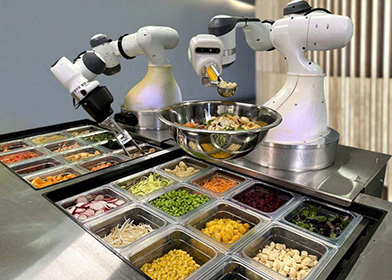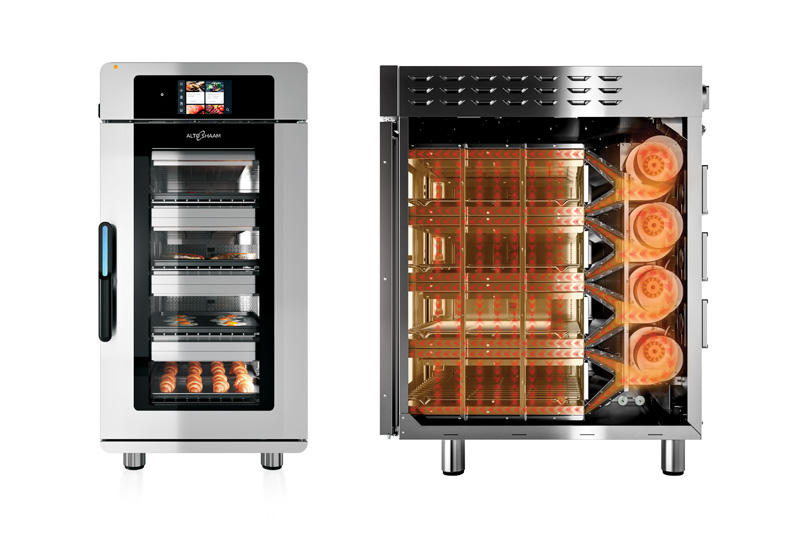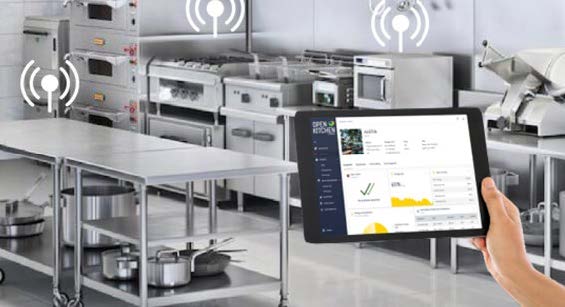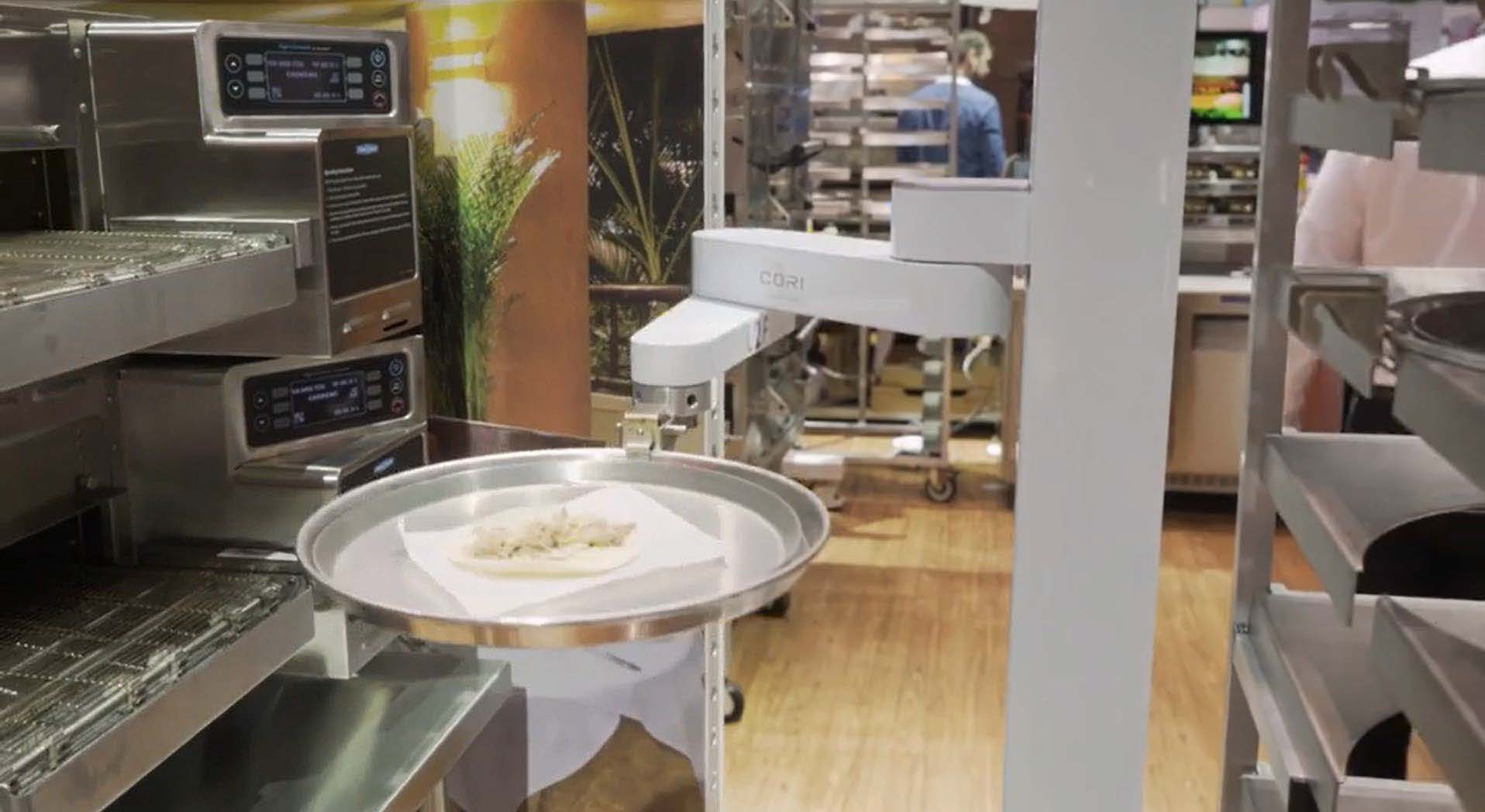
EASING FOODSERVICE LABOR ISSUES WITH EQUIPMENT
Easing Foodservice Labor Issues with Equipment
Recent economic news gives workers something to be optimistic about. As of October unemployment was at 3.7%, close to the record low of 3.5% in September, a number that hadn’t been seen in over 50 years. At the same time, job growth remains strong, with employers adding more than half a million jobs in September, more than twice what economists had forecast. While all of this is good news if you’re looking for work, the numbers highlight the challenges faced by many foodservice operators who repeatedly voice frustrations at not being able to find qualified candidates to fill thousands of open positions.
One solution to the pain points of the labor shortage can be found in sourcing equipment that takes over some of the tasks in the kitchen and improves the overall work environment. In Baird’s 3Q22 Foodservice Industry Survey, 47% of respondents answered that labor was a driving factor in equipment purchases, and when you look at today’s equipment, the correlation makes sense. “It all comes back to ease of operation,” says Eric Chaplick, director of operations and design, Boelter. “It’s about doing more with one piece of equipment, to improve productivity and efficiencies. More manufacturers are offering solutions that make things easier on the operator. For example, new high-speed, multi-cook ovens have versatility to cook several products at different speeds and temperatures in the same footprint. Options like this give operators the ability to do more with less – less time, less labor – without sacrificing quality.”
There are many innovations in equipment that help combat the challenges of the current labor crisis. Smart equipment that makes use of the Internet of Things (IoT) technology, equipment featuring automated processes, and robotics are all part of today’s kitchens. Integrating these types of new equipment into your operation can make the kitchen a more pleasing environment to work in, ease workloads, and improve efficiencies.
Automated Equipment Eases Workloads
Before there was AI and IoT, automation was the way to improve efficiencies at work. Foodservice equipment manufacturers continue to innovate, producing new types of equipment and adding features to old favorites to help bring ease of use to the forefront of kitchen operations.
For example, today’s combi ovens can cook a product to perfection at the push of a button and even eliminate many of the manual labor tasks through fully automated cleaning processes. There are infrared conveyor ovens that roast, grill, bake, and rethermalize all in one piece of equipment, taking away the need for multiple equipment purchases and saving steps for the staff. Automatic dough sheeters turn out pie crusts, pizza crusts, and even pet treats without the manual labor of rolling it out by hand.
“More operators are seeing the value of investing in equipment that replaces the manual tasks they’re doing in the kitchen,” Chaplick says.

Taking Advantage of a Smart Kitchen
A step above basic automation, smart foodservice equipment connects to the Internet of Things to allow operators to observe and analyze real-time data, address equipment maintenance before problems occur, and automate certain processes. From combi ovens and fryers to dish machines and HVAC controls, the kitchen of the future is connected.
Some of the ways a connected kitchen can improve productivity and efficiency include:
- Digitized food safety and HAACP logs. Not only does this eliminate the time it takes for employees to measure and report each necessary protocol, it also improves transparency to assure officials and even customers that all food safety measures are met, with consistency.
- Create and distribute recipes. No need to manually input cooking times or transfer USB sticks from one equipment to another. Connected equipment makes recipe sharing easy.
- Encourage employee best practices. Whether it’s noticing that a dish machine is run for something as little as a dirty spoon dropped on the floor or tracking traffic patterns to optimize staffing, the data collected through smart equipment can help improve the work environment for people in the foodservice operation.
- Optimize performance. Some equipment has the ability to self-diagnose issues before they become a problem. By sending error codes to the operator, the time that the equipment is shut down due to malfunctions is drastically reduced.

Introducing Robotics to Foodservice
While we’re still almost 40 years away from 2062, the year the creators of The Jetsons set their iconic TV show, some of what was depicted in that cartoon has come to fruition. Robotics are entering our lives in many ways from vacuum cleaners to self-driving cars, and the foodservice industry is taking advantage of these technologies.
One of the places you’re most likely to see robots is in the actual serving of food. Restaurants and even senior living communities have found the advantage of using service robots to deliver food to tables, taking at least one task away from already overwhelmed staff. One of Boelter’s customers is using a robot to serve food and buss tables, which has not only removed some menial tasks but also saved steps for dining room staff. And now the kitchen doesn’t need to wait on staff to pick up food, which means it gets to the table hot and fresh.

Robotics are also finding a place in the kitchen. A robotic arm that makes tortilla chips has been implemented in a couple of locations by one operator, who found the consistency of product to be as beneficial as the time saved by eliminating repetitive tasks previously done by employees. There’s also a robot that makes coffee drinks similar to the neighborhood barista, providing high volume product with minimal staff labor.
Our expert team at Boelter can help guide your next equipment purchases to ease the pain points of the labor shortages. Whether you’re planning a brand new restaurant or looking to upgrade a current operation, Boelter can help you find equipment that will streamline tasks and improve productivity. With the right planning you can make the atmosphere in the kitchen better for employees, improving hiring and retention rates, while at the same time improving productivity and even realizing savings in energy costs.